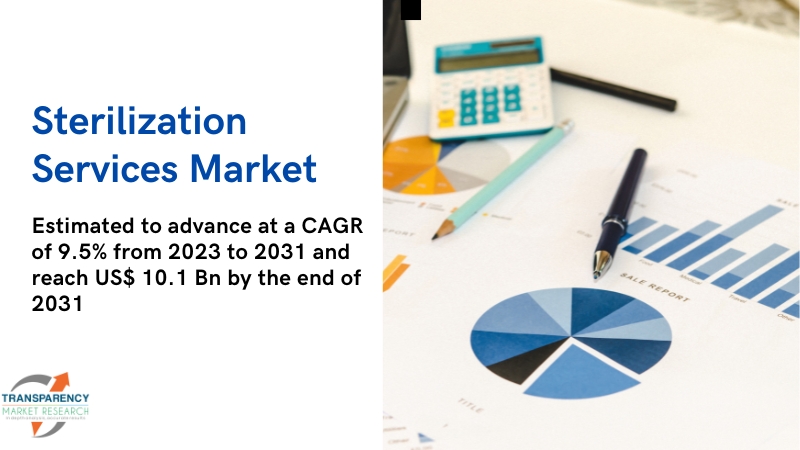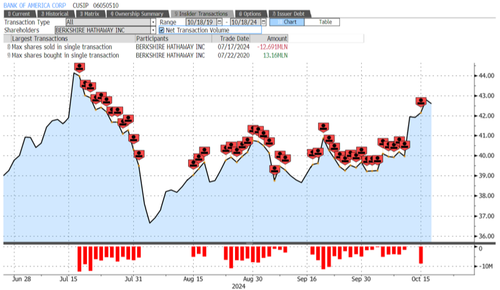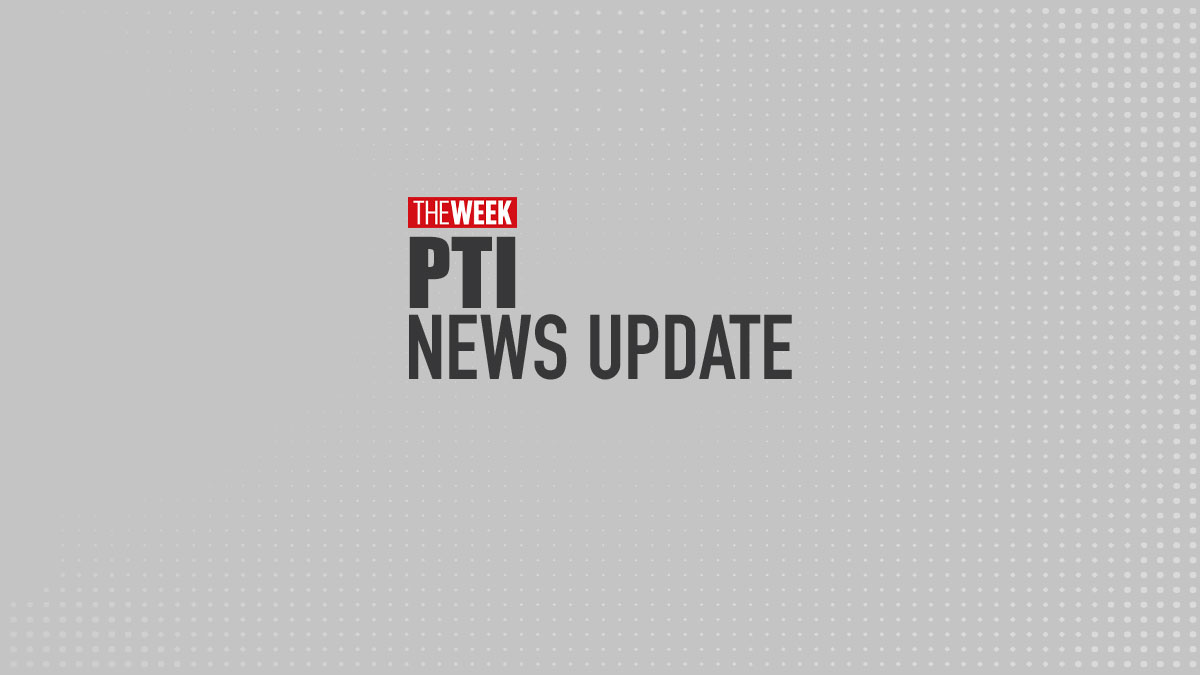
The beauty of “free” social networks has often come at the cost of our personal data. However, Web3 is transforming social networking into a decentralized, fair, and transparent platform for exchanging value. As Web3 social platforms reshape how we connect and collaborate, they promise greater decentralization, user empowerment, and new economic possibilities.
With actual ownership of data and other digital things in Web3, users own what belongs to them. This is made possible through non-fungible tokens and decentralized identities, which let users control their online presence and content without a central authority at the back end. Transparency : Blockchain's immutable ledger ensures that transaction and interaction records are verifiable and transparent.
This helps invoke a lot of trust among users. Any information can be easily verified independently of the platform. It can be proven authentic and holds integrity.
Decentralization : It refers to the direct power distribution to users to govern and develop it since there is decentralized control. For instance, many such decisions are usually made through DAOs. In that case, proposals and changes are done through voting.
The Web3 stage of socialization shifts from static, traditional community models to dynamic, interactive collaboration. Some important drivers are listed as follows: Digital Ownership: The long-awaited resolution using NFTs and other blockchain-based mechanisms ensures ownership and monetization for users. This not only provides creators with a new source of revenue but also means that they will hold control over their intellectual properties.
Interoperability : Due to the interoperation, Web3 applications will easily integrate with other dApps. This leads to a more cohesive and organic digital environment. Trustless Interaction: The blockchain allows secure, verifiable interaction without any form of mediation.
Still, the whole trustlessness puts the confines of fraud into an even more prevalent state, thus leading to the overall safety interface. The transition from Web2 to Web3 marks an important evolution of social platforms. It goes beyond simple technological upgrades.
It involves fundamental changes in how digital communities are formed, governed, and sustained. Web2 : Social media platforms are controlled by companies. These companies own the platforms and the data.
There isn't much in terms of the ability for users to control how their data is used but at high risks of censorship and data exploitation. Web3 : Decentralized social networks will give power to end users to manage and control their information and digital identity. Relevance in the decisions of the community made possible through DAOs aligns with the common interests of the users.
However, possibilities that can be seen in Web3 are vast and even go beyond social networks. Advanced technologies like AI and ML will take functionality and user experience far on Web3 platforms. Integrating AI and ML technologies will enable more sophisticated systems for content moderation and recommendation.
ML can also be used to identify and mitigate security threats. These technologies are expected to significantly improve user engagement. They can provide personalized experiences and insights.
DeFi will enable the application of decentralized finance services on Web3 platforms, where individuals can borrow, lend, and trade directly on social media as part of a seamless digital system. The true extent of Web3 is undisputably vast but also carries its challenges and opportunities: Scalability : Web3 platforms can be associated with scalability issues. As the user base and transactions increase, the platform should not be overloaded to the point where performance is compromised.
User Adoption : For Web3 platforms to be successful, a broad user base must embrace it. One needs to educate users on related advantages related to decentralization. Making it as smooth as possible to transition from Web2 to Web3.
Compliance with Regulatory Requirements : The other critical hurdle that Web3 platforms will have to overcome is regulatory compliance. They must comply with legal requirements in their jurisdictions globally. This must align with principles of decentralization and user autonomy.
Beyond the technological leap, the Web3 social revolution changes the landscape of tenets interaction in the digital space. The users' focus on ownership, transparency, and collaboration builds the way for an open and more inclusive digital future. With mainstream adoption, there is significant potential for change.
We can connect, share, and collaborate online in community-driven digital ecosystems..














